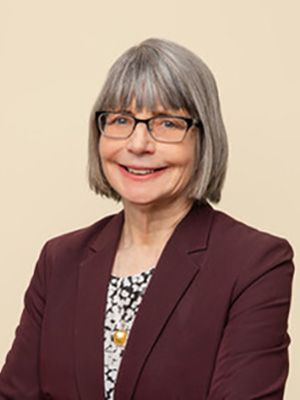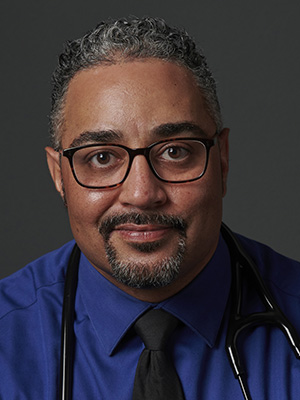A GROWING NEED FOR OCCUPATIONAL AND ENVIROMENTAL PHYSICIANS
The demand for trained occupational and environmental physicians in private industry, education, and government agencies far exceeds the supply, and the need continues to grow.
According to a National Academy of Sciences Report, occupational and environmental medicine specialists are needed for three critical roles — educator, researcher, and clinical consultant. Considerable other opportunities also exist for the well-trained occupational physician. According to the Institute of Medicine (IOM) subcommittee on physician shortage in occupational and environmental medicine, there currently is a dearth of 3,100 to 5,500 physicians.
PERSONAL ADVANTAGES
In addition to the professional satisfaction of applying one’s medical skill to maintaining the employee population health at a high level, occupational and environmental medicine offers several important personal advantages:
- Regular Hours
Most occupational and environmental physicians have a regular workweek related to the clinic or industry work schedule.
- Salary
For salaried physicians, income is stable from month to month and relieves the physician of the details involved in staffing, operating an office, and collecting fees. Although salaries vary, they are favorable compared with other similar medical practices. Starting salaries depend upon experience, qualifications, and the nature of responsibilities. There are regional variations in most organizations; the salary scale provides for merit increases on a regular basis and promotional opportunities as well. ACOEM’s 2006 Compensation and Benefits Study found that the average annual salary for occupational and environmental physicians was $209,000.
- Facilities
For physicians employed by an organization such as industry or government, the provision of medical facilities, equipment, and office space by management removes the necessity for a large capital outlay on the part of the individual physician in setting up practice.
- Insurance
Most employers provide group life insurance, pensions, accident and sickness disability insurance, paid vacations, and expense-paid trips to medical meetings and conferences. They also provide malpractice insurance for their full-time physicians. Some even make similar provisions for part-time and fee-for-service physicians when they perform services for the company.
- Other Benefits
Many organizations also support additional postgraduate training and research and encourage their physicians to join medical school faculties and obtain hospital staff appointments. Anticipated changes in the current health care system are less likely to have a major impact on the practice of occupational medicine than on other specialties.”
ALUMNI PROFILES
View Alumni Profiles to read what our OEM alumni have to say about their current careers and their educational experience at the University of Minnesota.




